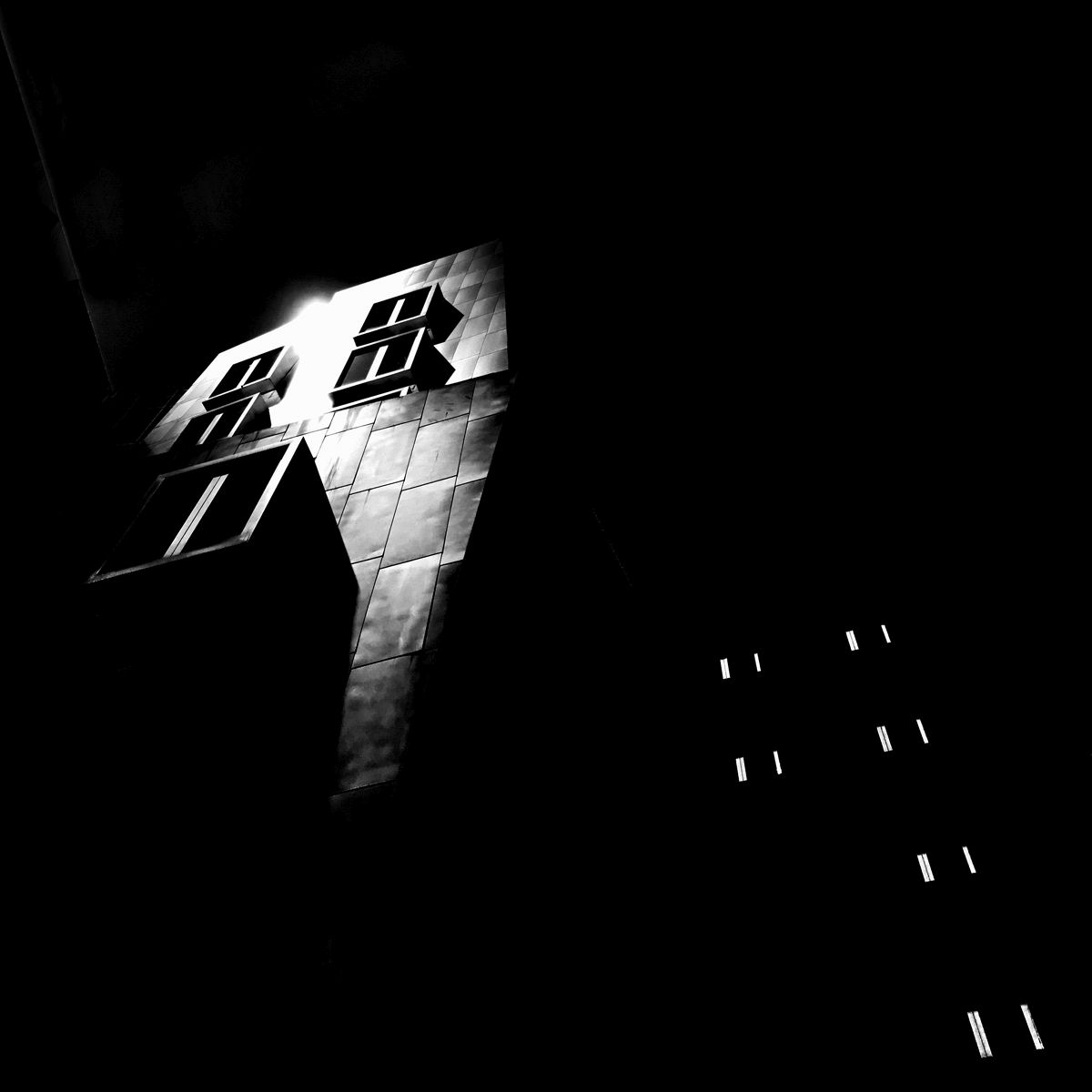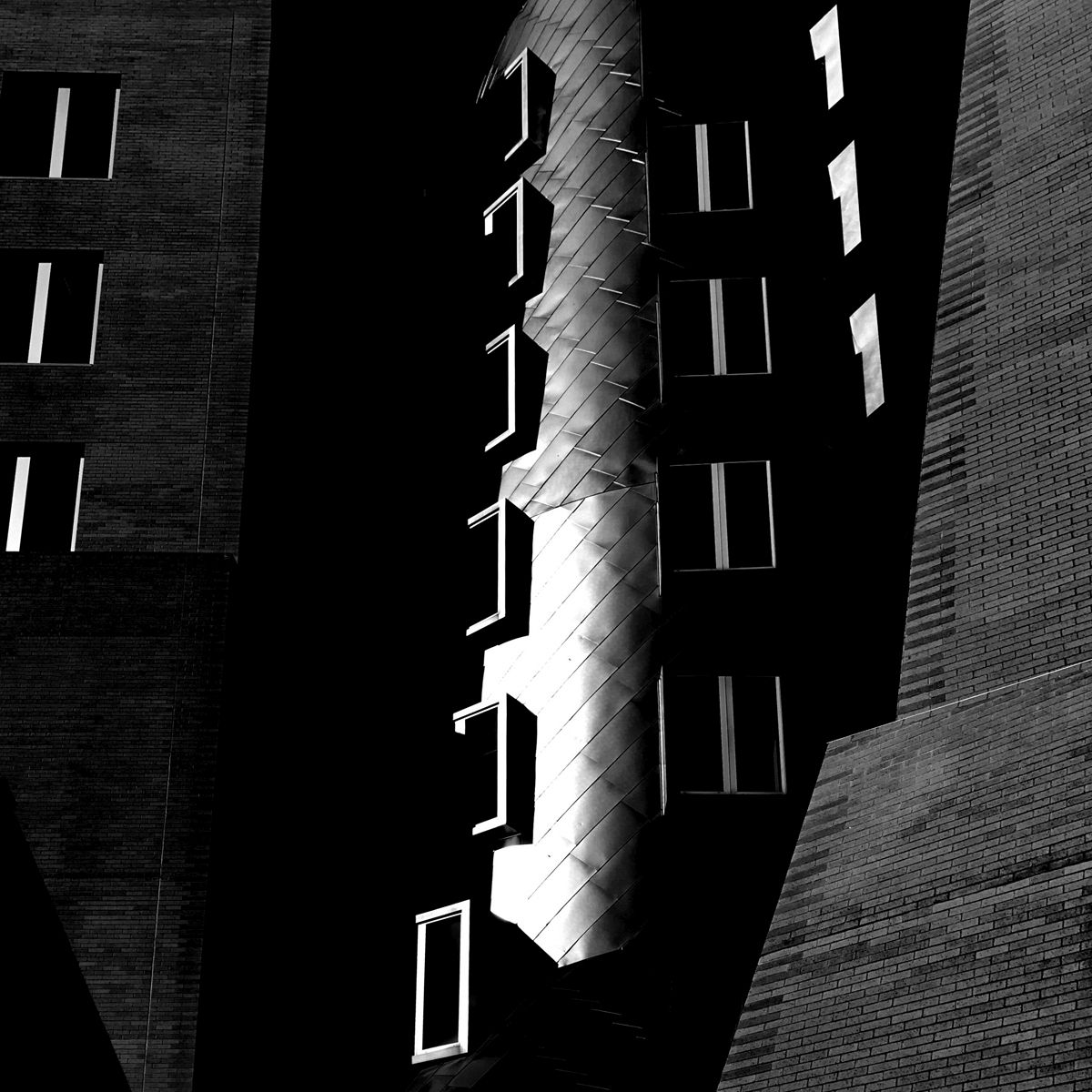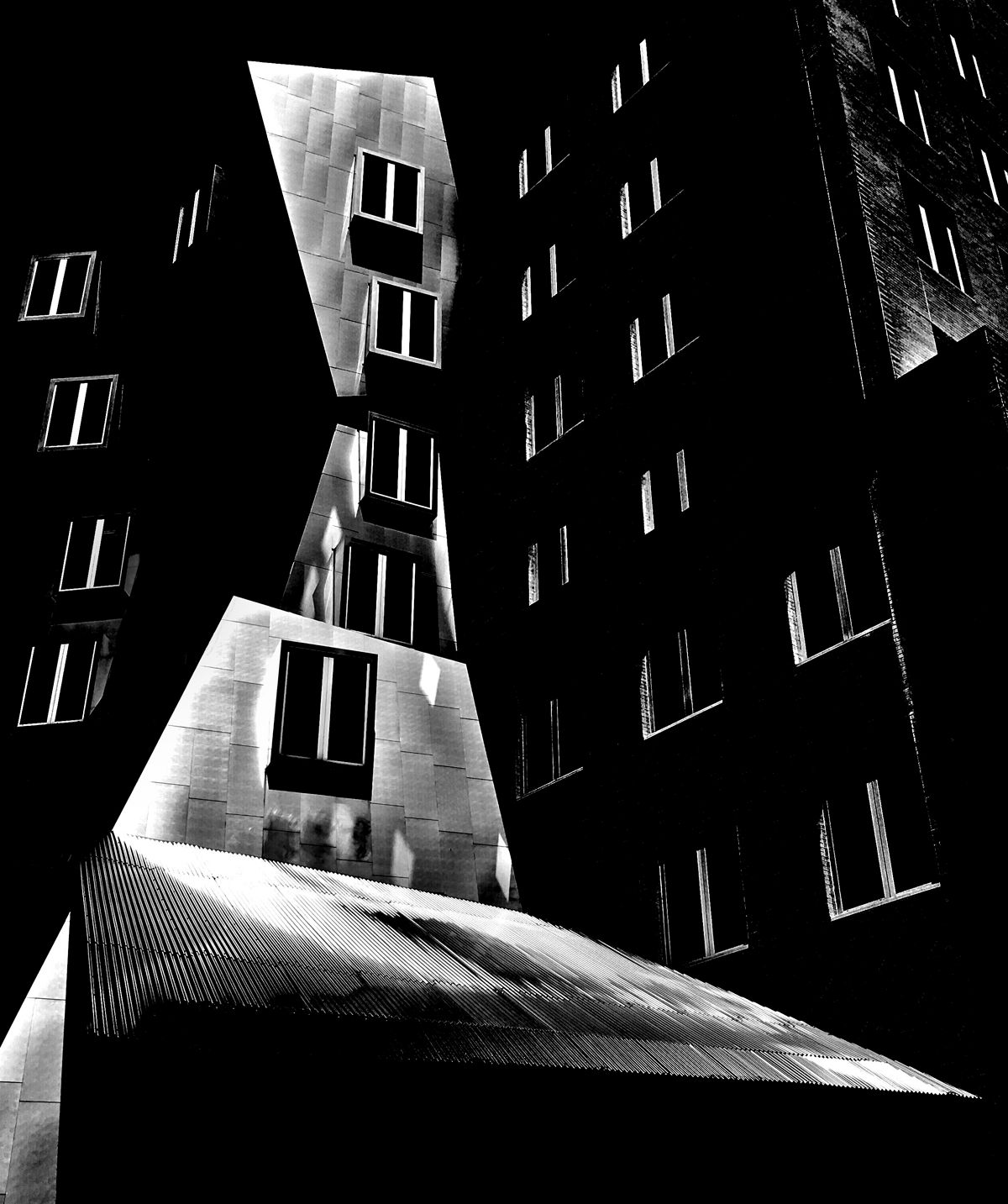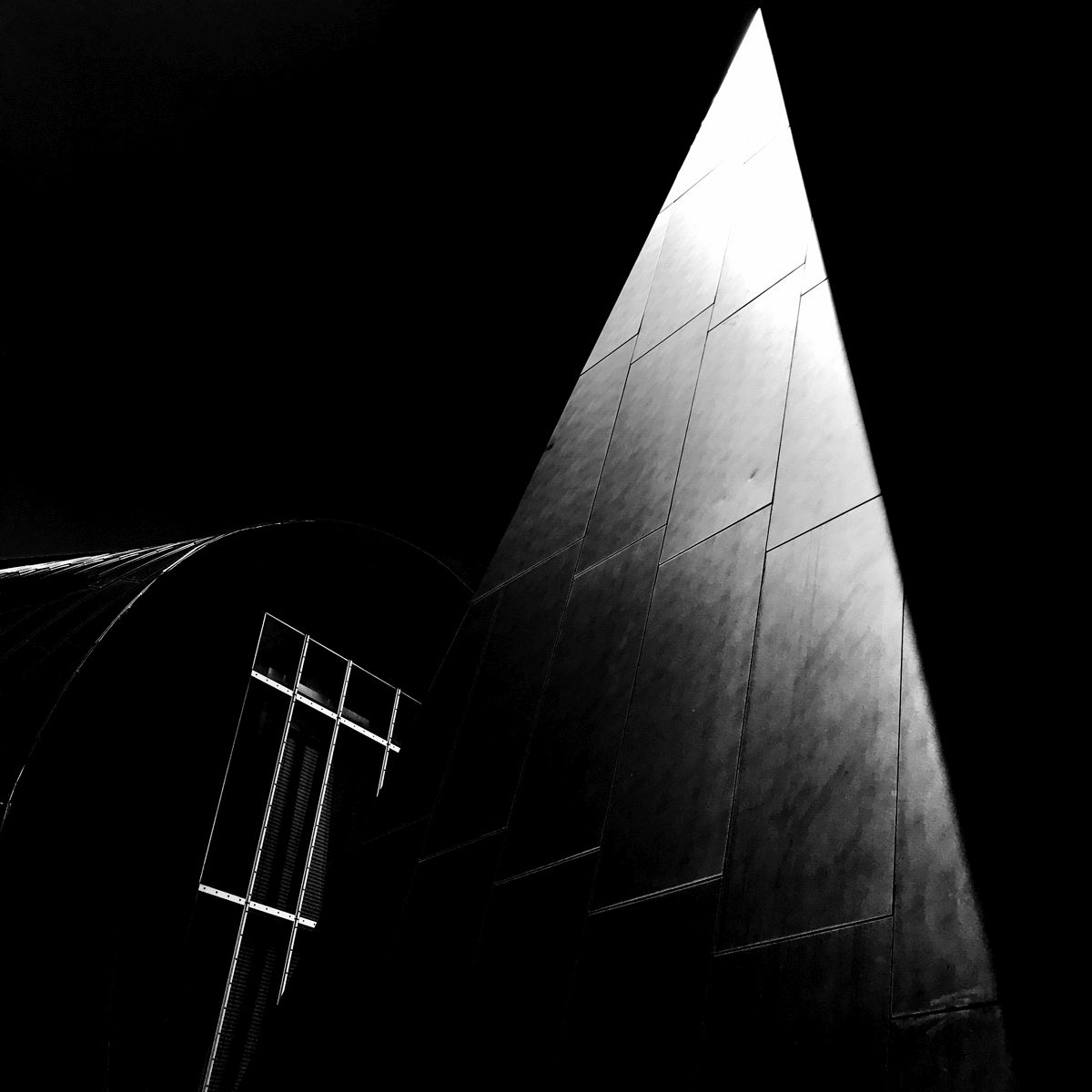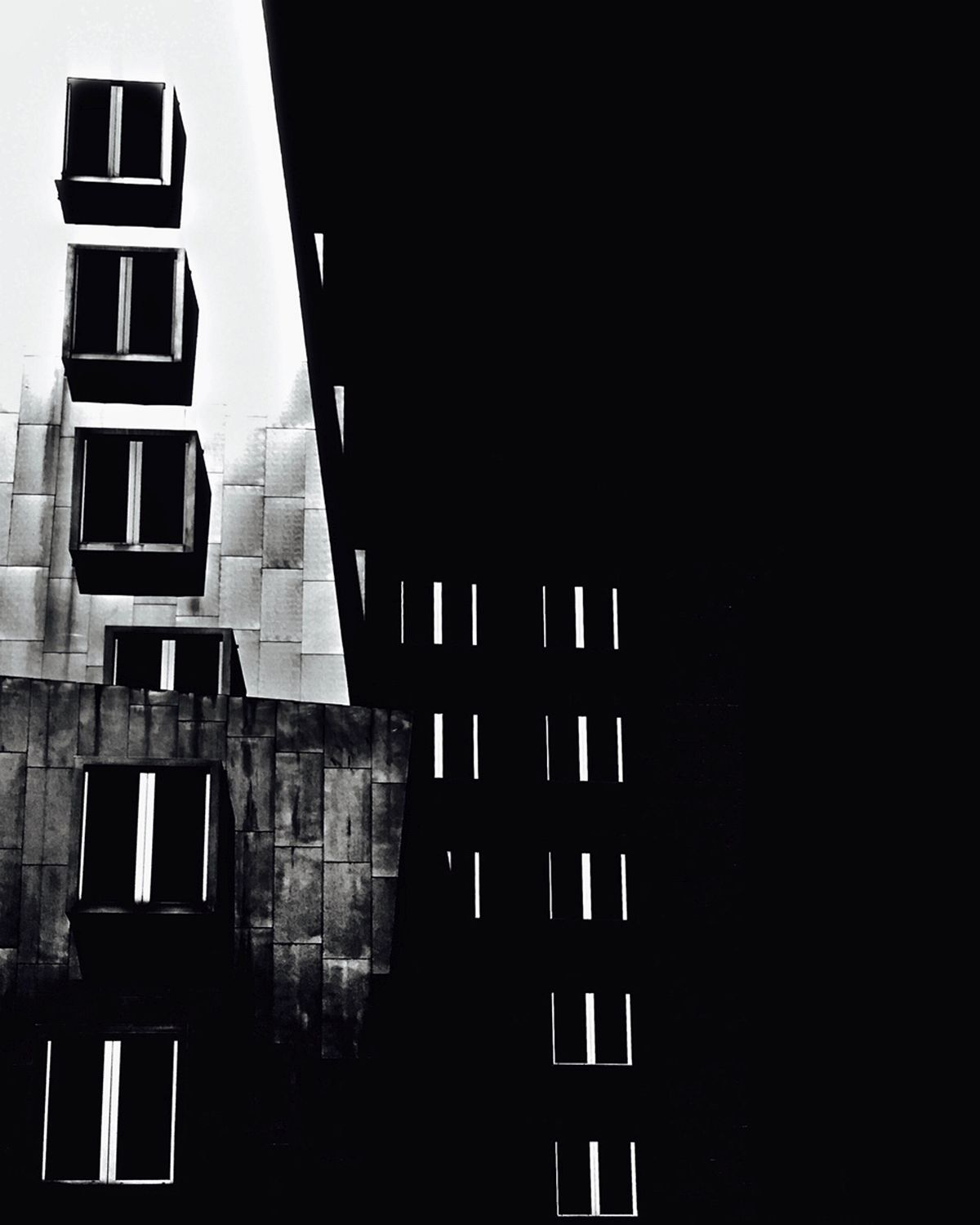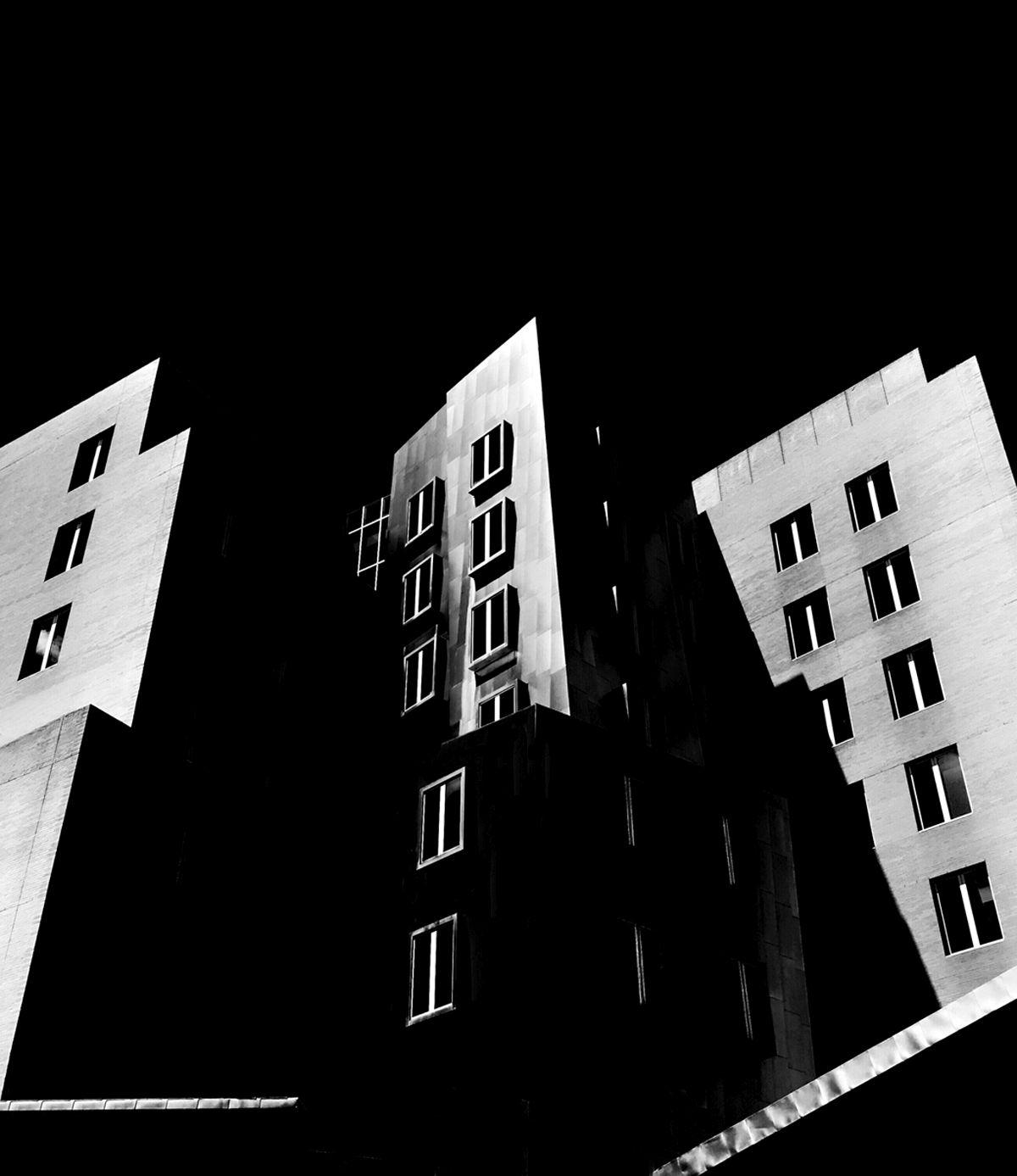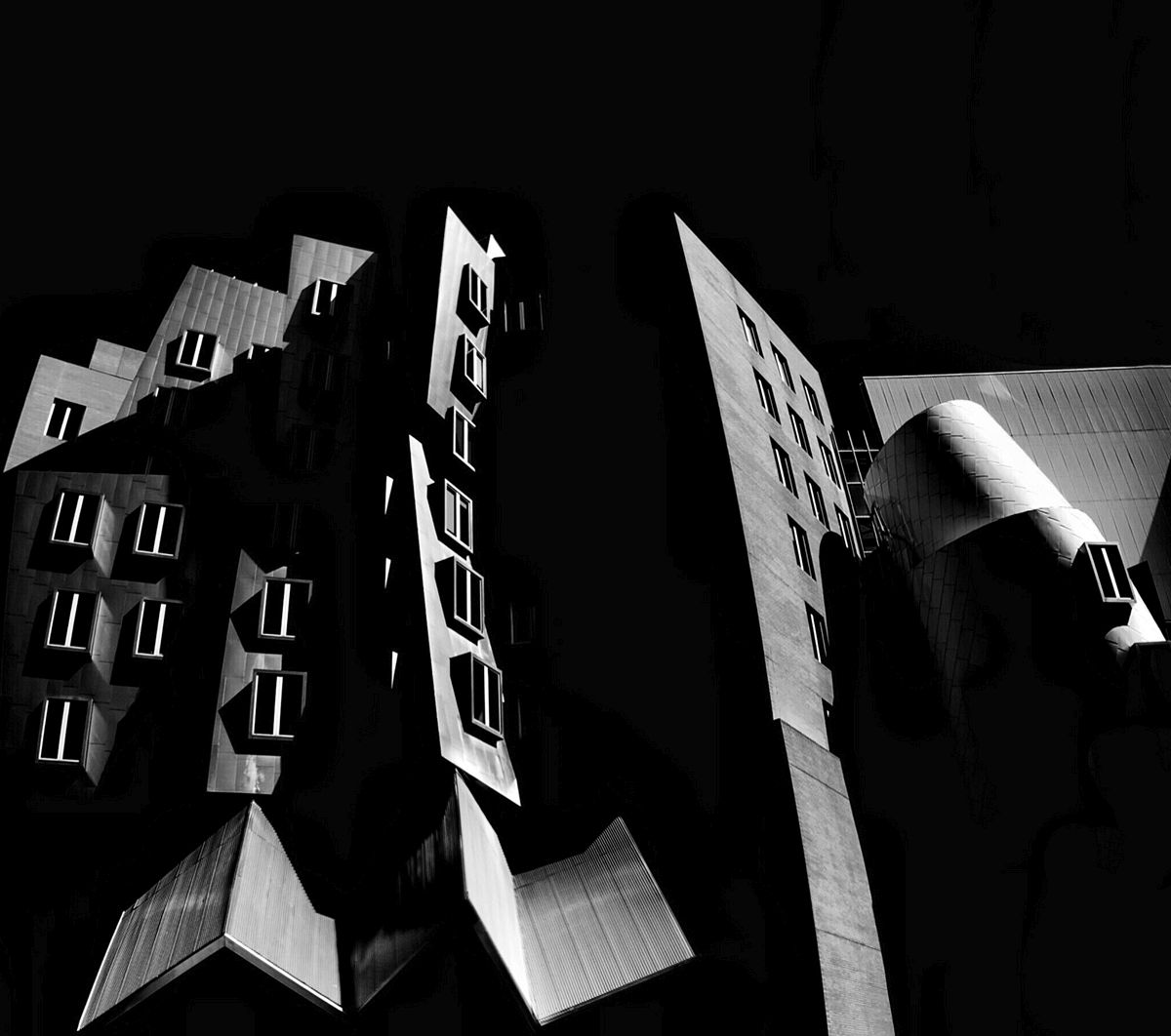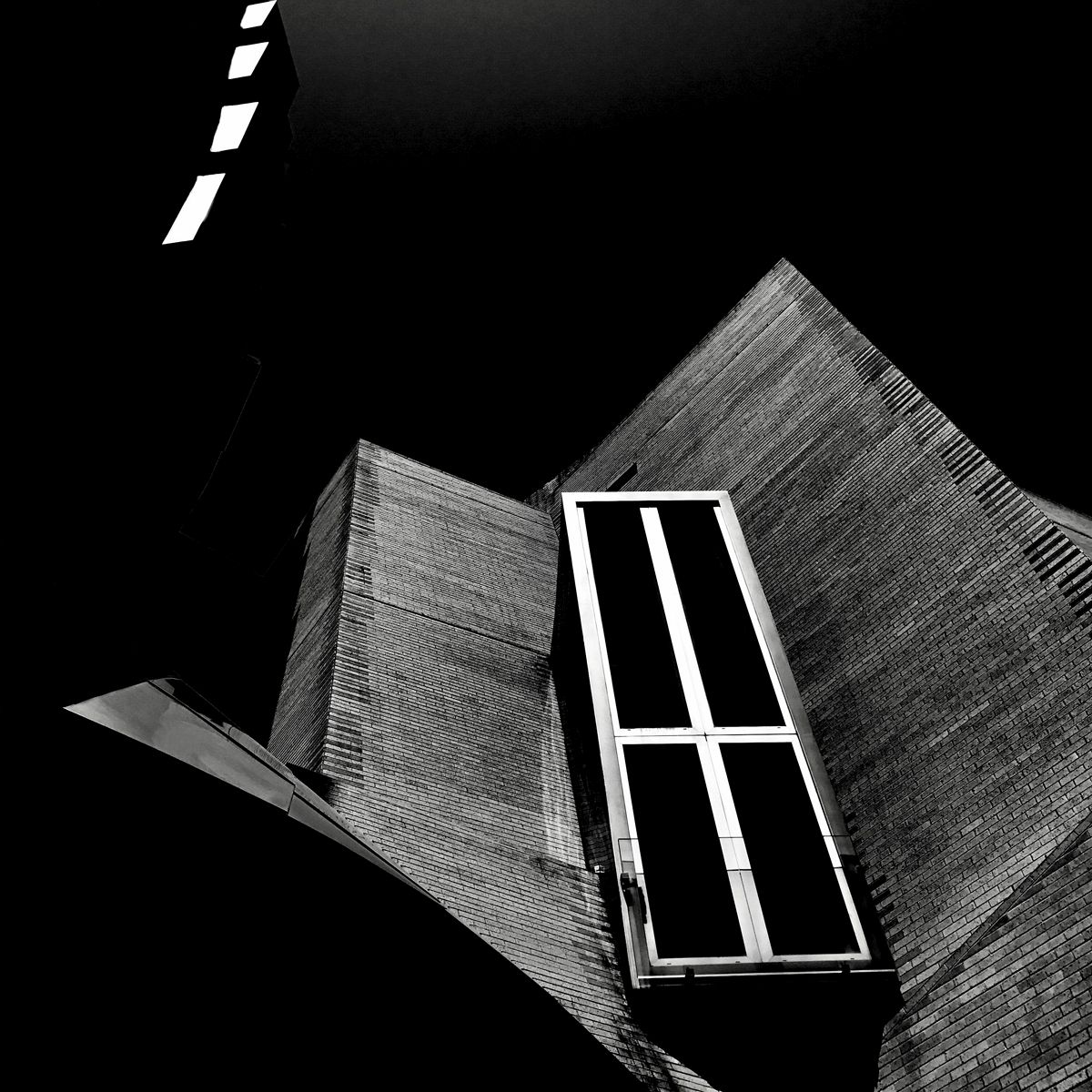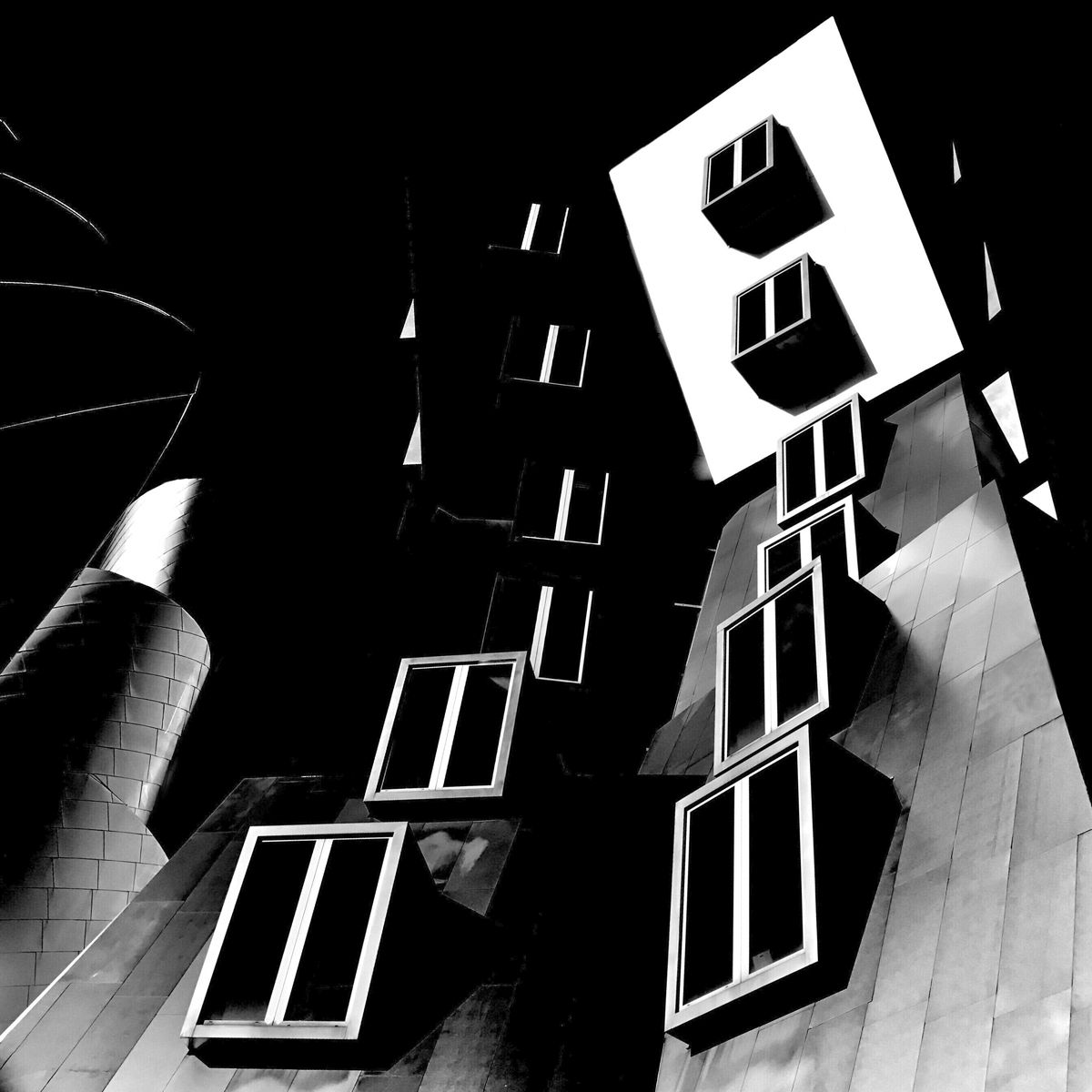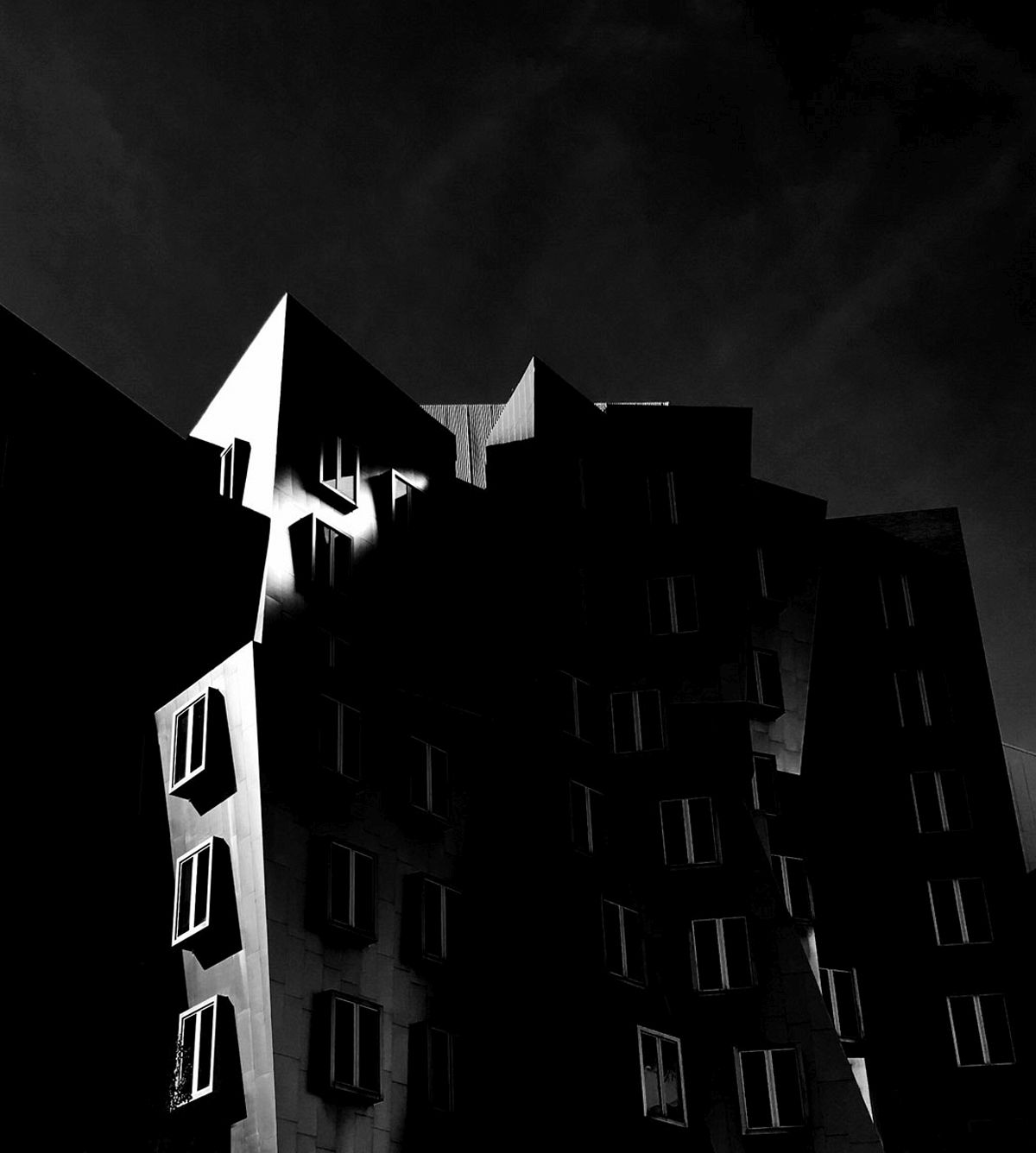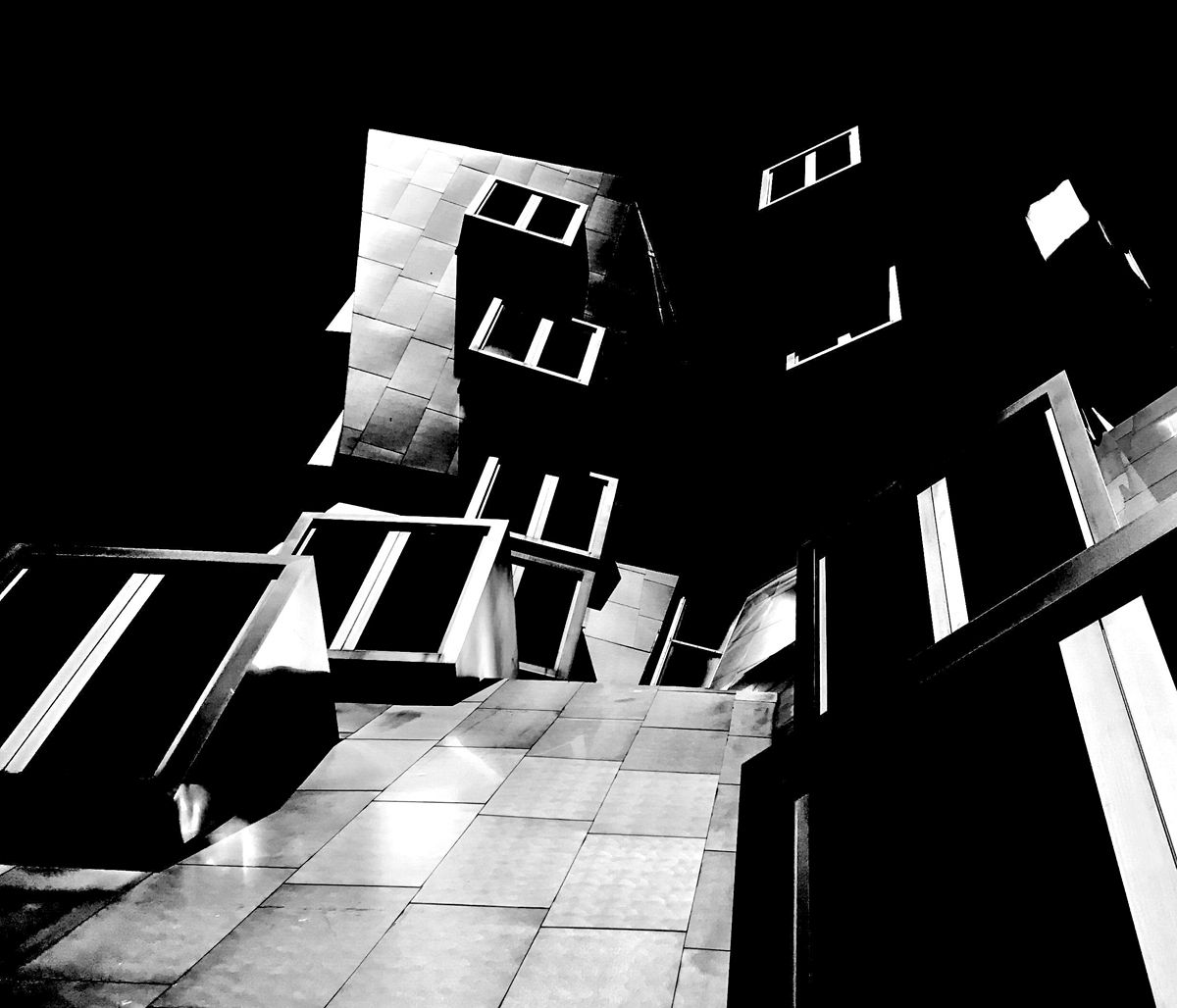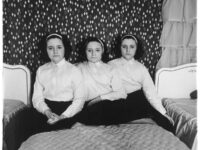– How and when did you become interested in photography?
I was 19 when I started to become interested in photography, which was precipitated by studying abroad in Paris. I don’t recall ever having taken a photo beforehand and for some reason I thought I should be bring a few disposable cameras. After burning through the disposables in a day or two I ended up buying a compact 35 mm and shot another ~40 rolls while in Europe. My time abroad made an incredible impact on me especially with the sheer amount of art that I was exposed to.
After returning home to California I purchased a 5MP Sony Cyber-Shot DSC-V1 and a couple of years later a Canon Rebel XT when I moved to Los Angeles. In LA I found myself surrounded by the arts and incredible artists, which motivated me to go out and shoot whenever I could, which wasn’t very often. It also helped that my roommate was an avid photographer. Though I was interested in photography and I had a decent eye for composition, my lack of technical skills prevented me from progressing my work. I’m unsure if my interest in photography would have been maintained if I hadn’t moved to LA.
In 2006 I moved to Cambridge to complete my PhD at MIT. Going to a competitive school meant allocating much more energy on science research than photography. However, the year I spent writing my thesis I spent a lot of time on the website Cambridge in Colour where I learned a great deal on the technical fundamentals. The reason I spent so much time was that I didn’t want to get up from the computer as I was writing my thesis and nearly all my breaks consisted of reading photography blogs. After finishing my degree in 2011 I began shooting most days out of the week and spent hours walking around the city making images.
– Is there any artist/photographer who inspired your art?
There are many photographers that inspired me as a person and my work, by-proxy. With regard to affecting my work directly, I can’t really say. Photography work that I love to look at over and over again comes from Richard Avedon, Sebastião Salgado, Francesca Woodman, Sally Mann, Cindy Sherman, Jeff Wall, Stephen Shore, Joel Meyerowitz, William Eggleston, and many more. Some non-photographers that I’m inspired by are David Hockney, Stanley Kubrick, Christopher Nolan, Marcel Duchamp, the XX, and Haim.
– Why do you work in black and white rather than colour?
I work in both black/white and color and each affects my general behavior of composing an image and the content of the image. I don’t actively choose black and white speciifcally over color; rather, when I come across something do I “see” it in black and white. With digital I shoot black and white in camera, which helps me focus on the essentials of any frame, such as attending more to contrast and how visual elements align with one another, it’s more geometry. Black and white film helps me feel grounded, I take my time, I search for emotions, and I seek to find more human interactions, which is hard for me because I’m not a fast shooter.
In this series I chose to shoot black and white digitally because it lends itself to pulling out the hard lines and forms of the building in a way color cannot. I viewed the frame in black and white to help rid myself of other distractions so that
– How much preparation do you put into taking a photograph/series of photographs?
Sometimes my strategy is a sort of a posteriori photography, that is, I simply walk around a city for hours on end shooting whatever catches my eye. Over time some themes pop up and series might be created. I essentially collect data and deduce themes based on observations brought about by said data. However, this processes is incredibly time consuming. Things have changed recently. Nearly three years ago my son was born and I quickly realized that I needed to plan what I was going to shoot, figure out my time constraints, and somehow get around the inherent financial limitations that come with a new baby. I went from a posteriori to a priori photography, that is, I had to create a theoretical framework to figure out what I may be able to capture for a project that required a plan. Essentially, my photography had switched from observation (looking backward) to theoretical (looking forward).
My technical process is quite variable and depends on the images, series, and how I feel. I post-process RAW and scanned negatives in Lightroom and I also post-process my mobile images in camera. I almost never use Lightroom to post-process mobile images, mostly because I shoot mobile for the immediacy to post-process. Some of my work is convoluted. For example, in a series called Prosopagnosia I transferred images from mobile, digital, and film cameras onto Impossible film for Polaroid cameras via an iPhone. The film is exposed from my iPhone screen and because the presentation of the color, contrast, saturation, and exposure is not the same when I transfer onto the film, I have to compensate, which I do within the mobile camera. This took a very long time for me to figure out and was quite expensive. I don’t like to use one type of technique or process other than learning it to add to my experimental tool-kit where I can match and combine techniques. I certainly don’t want to focus on any one type of technique for so long that I become inflexible. That being said, it’s not bad to focus on a single technique, I just don’t want to.
– Where is your photography going? What projects would you like to accomplish?
I have been working on a concept for the past few years that deals with narrative formation. More specifically, I want to create a project that visualizes how the brain makes up stories. The images will show how the brain processes visual information and how said information makes its way from the eyes to other hubs of the brain that encode that information. The route of that information will be about the story of the brain and how the brain creates that story.
Website: www.joshuasarinana.com



